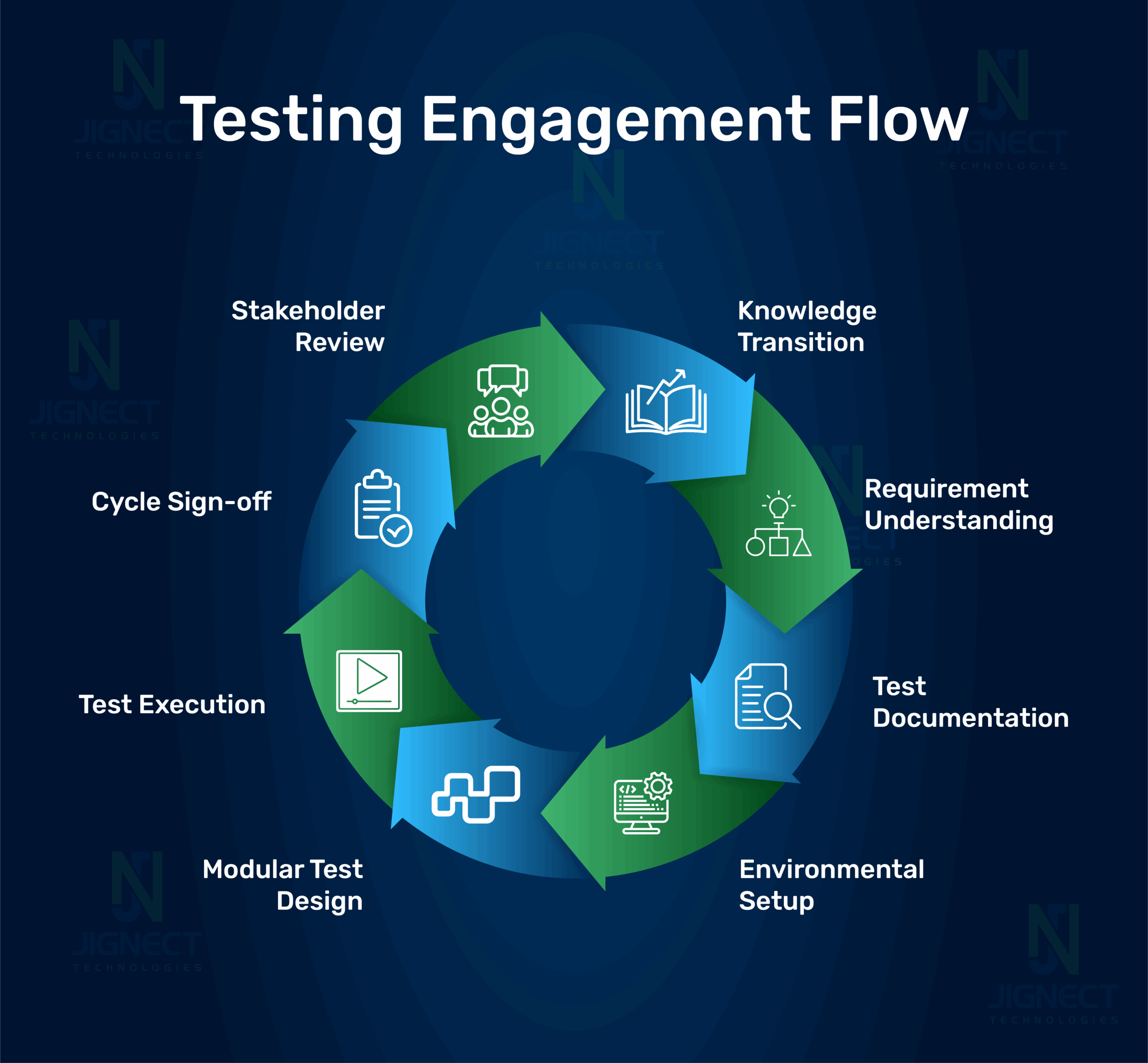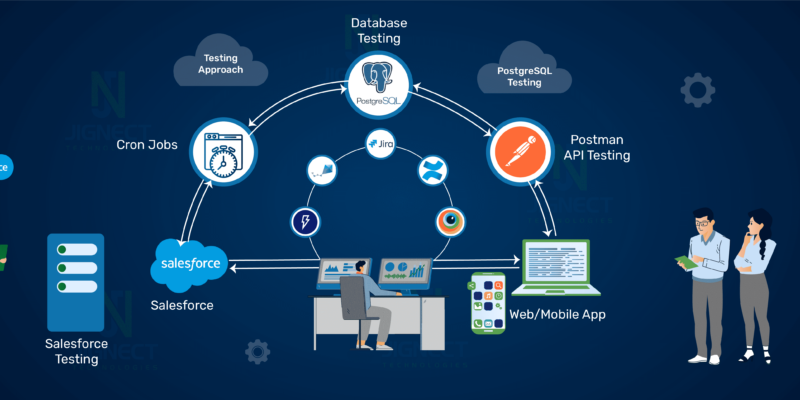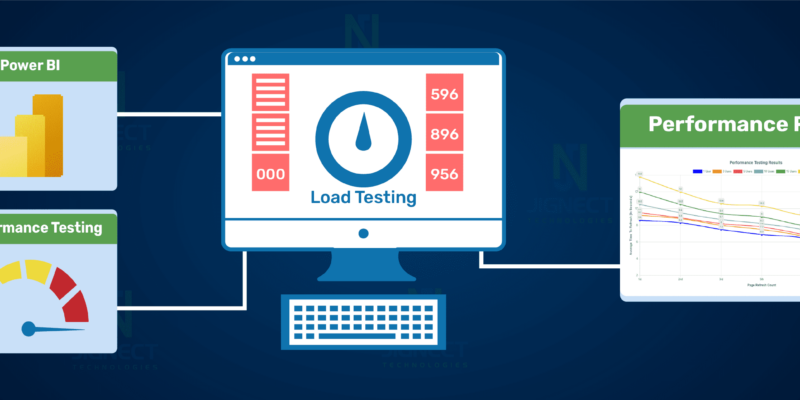Scalable QA Strategy for a Multi-Tenant Scrap Management Application

Project Overview
A Leading Recycling Management Platform is a comprehensive digital platform designed to streamline and optimize scrap trading operations across multiple countries. The adaptation of this software in the waste and recycling sector enables entities to buy/sell transactions, track yard material movement, generate reports, and maximize efficiency in material reuse. With an ever-growing network of users, it automates grinding-day processes for advance adherence to state laws and better state decision-making with a real-time operational inventory view.
With the Recycling Management Platform scaling up to more than 5,000 active users and performing millions of transactions worldwide, it became imperative to put the greatest focus on maintaining transparency during operations, producing accurate reports, and offering a seamless user experience on all layers of the system. To achieve these objectives, the team engaged JigNect to perform comprehensive functional testing.
Project Goals
- End-to-End functional testing is required to ensure system integrity and functionality by conducting testing across various access levels (admin, organization, user).
- Identifying and reporting defects early in the release cycle to ensure a stable and robust production rollout.
- Ensuring high system reliability and performance across all devices – Mobile, Web, and iPad – to support a growing global user base without disturbance.
- To ensure compliance with industry standards, validate complex workflows, including transaction management, yard material tracking, and reporting accuracy.
- System integrity and optimal performance is highly vital in highly customized settings integration and multi-branch configurations.
Business and Initial Challenges
- Inconsistent Dashboard Report Outputs: Report widgets produced incorrect or partial data when filters were applied across multiple branch locations, leading to inaccurate reporting and decision-making.
- Inaccurate Ticket Pricing: Logical conflicts within inventory and pricing settings led to miscalculations during purchase/sell transactions, directly impacting pricing accuracy and financial reports.
- Permissions and Subscription Conflicts: Misalignment between role-based access control and centralized subscription management can cause inconsistent feature visibility, access issues, and transactional discrepancies.
- Multi-Branch Setup Under Single Subscription: Managing multiple branches under one company license introduced systemic failures in user roles, transaction visibility, and reporting hierarchies.
- Lack of System Documentation: The lack of documentation for existing flows and configuration logic delayed understanding and slowed down the creation of effective testing strategies.
- Complex Settings Interdependencies: Interdependent configurations across user, organization, and admin levels made system stability weak, where a change in one area could unintentionally impact another.
QA Strategy and Execution Approach
Establishing a single stable QA method was practically impossible due to the legacy platform’s complexity and tenant-specific settings. The environment was extremely dynamic due to the distinct workflows, personalized settings, and rights of each tenant. We used a hybrid QA methodology, which is based on real-time issues and priorities and is partially pre-defined and partially on-demand, to address this.
1. Knowledge Transition and Documentation Establishment
- Get knowledge transfer sessions from key stakeholders and product owners.
- Explored the application workflows manually to identify critical user journeys and risk areas.
- Created comprehensive documentation including user manuals, configuration flowcharts, and FAQs to guide testing and future maintenance.
2. Multi-Platform Testing & Defect Tracking
- Validated application across web, iPad, and mobile using Chrome, Safari, Firefox, and Edge browsers to ensure compatibility on different browsers, versions and OS.
- Used the Atlassian JIRA tool to track all QA processes such as test cycles, defect logs, and sprint-based QA reports.
3. Device Integration & Functional Assurance
- Perform IOT device testing to ensure hardware integration testing for printing tickets/receipts
- Validated price calculation, commission logic, and role-specific access through real-life transaction flows.
4. QA Strategy
| Strategy Type | Scope of Execution | Trigger | Approach Type |
|---|---|---|---|
| Smoke & Sanity Testing | Core modules across tenants | Every new build | Predefined |
| Functional Testing | Feature-level workflows, permission roles, data flows | Major features, change requests | Hybrid (base + exploratory) |
| Regression Testing | Existing stable features, across user types | Pre-release | Predefined |
| Adhoc & Exploratory Testing | Multi-tenant settings, rare user scenarios | Mid-cycle, UAT, client-reported bugs | On-spot |
| Compatibility Testing | Web, iPad, mobile browsers | Release cycle (monthly/sprint) | Predefined |
| Hardware & IoT Validation | Print flows, barcode, ticket machines | Feature deployments or bug fix | On-spot |
| Permission & Role Matrix | CRUD, dashboard access, self-permissions | New role setups or changes | Predefined |
| Configuration Integrity Tests | Branch settings, admin toggles, price-level rules | After config changes | On-spot |
5. Testing Engagement Flow

Success Metrics
- Data Accuracy: Achieved 99.9% data accuracy in production releases, ensuring high-quality outputs across environments.
- Defect Reduction: Reduced post-deployment defects by 45% across three major releases through proactive quality measures.
- Documentation Efficiency: Delivered comprehensive system documentation that improved onboarding and support efficiency by 40%.
- System Stability & Performance: Stabilized three critical functionalities and ensured seamless operation for 5,000+ users handling over 10 million transactions annually.
- Scalability & Compliance: Strengthened platform readiness for global scalability and compliance with industry standards.
- Bug Resolution: Resolved over 2500 bugs, including 1000+ GUI-related issues, contributing to overall product stability.
- Feature Expansion: Evolved the system to support 150+ features aligned with business and user needs.
- Team Collaboration: Improved cross-team collaboration through structured feedback loops and aligned QA processes.
Conclusion
The case of managing recycling really highlights just how vital functional testing is in situations where combining settings isn’t just about tweaking configurations, but actually shapes the whole system. By carefully documenting everything, using multistage testing methods, and keeping up a constant conversation with the client, we were able to pinpoint and fix problems within the system— ultimately creating a strong foundation for the multi-branch scrap operations.
Witness how our meticulous approach and cutting-edge solutions elevated quality and performance to new heights. Begin your journey into the world of software testing excellence. To know more refer to Tools & Technologies & QA Services.
If you would like to learn more about the awesome services we provide, be sure to reach out.
Happy Testing 🙂



